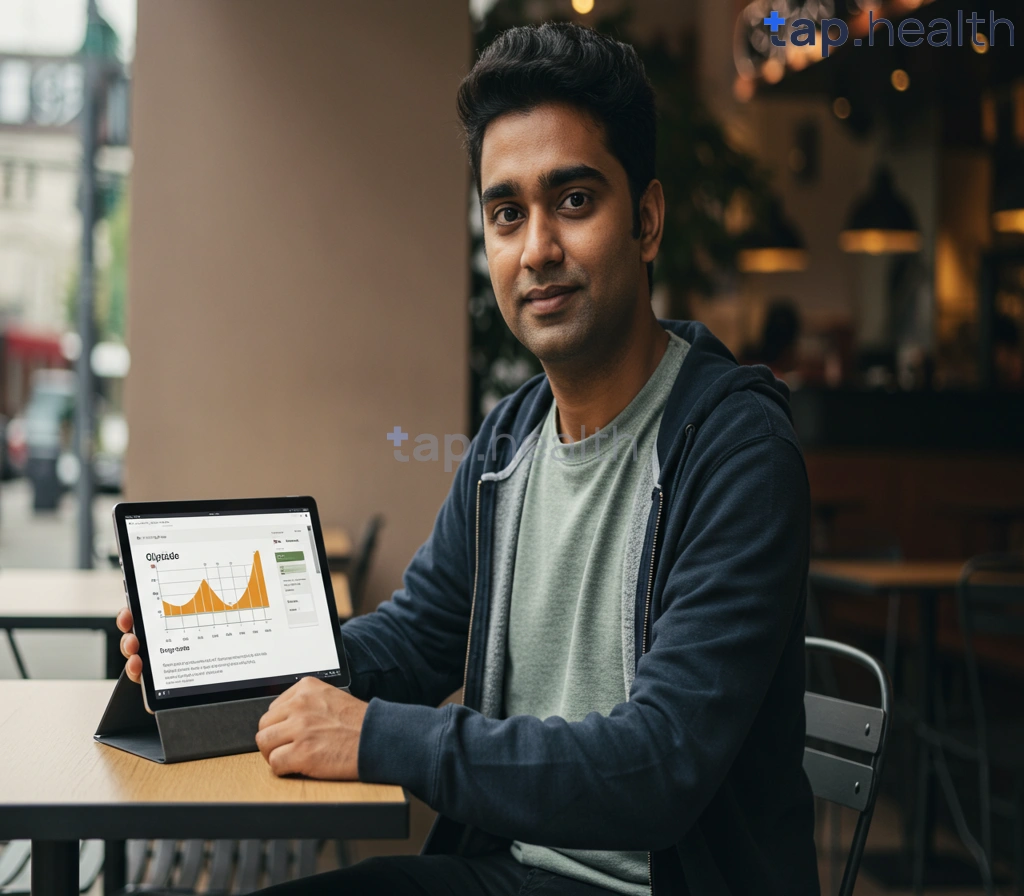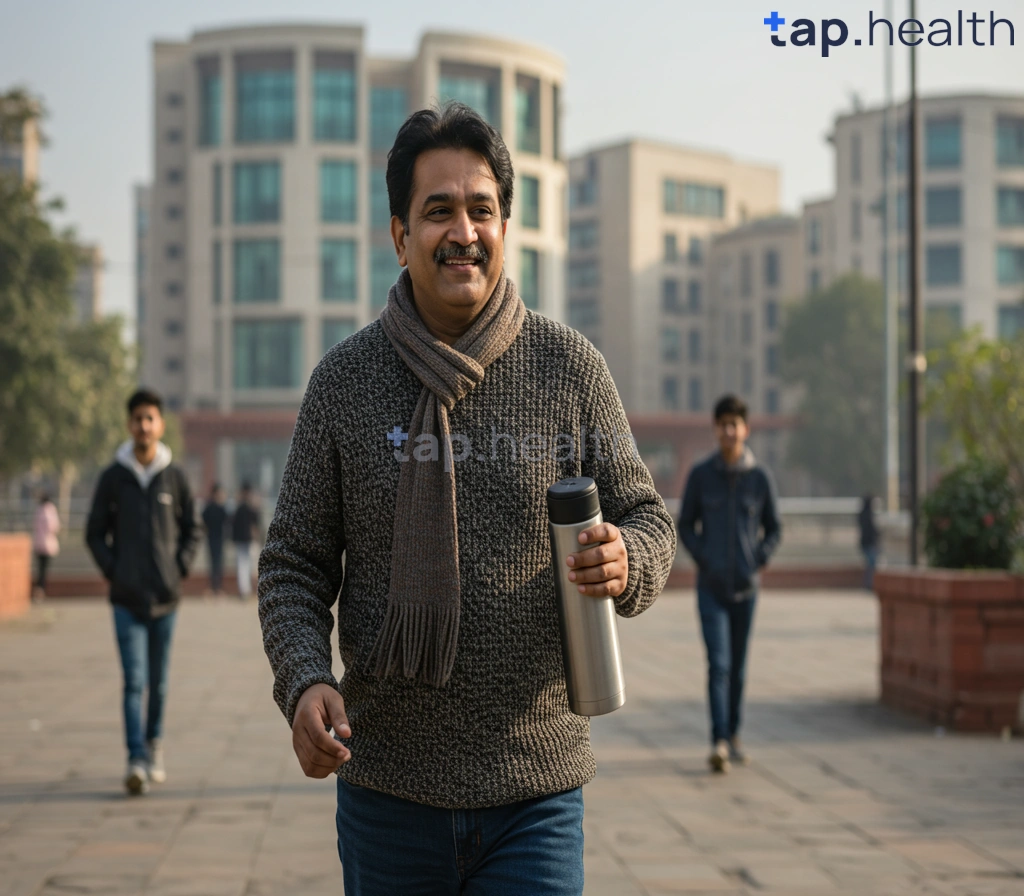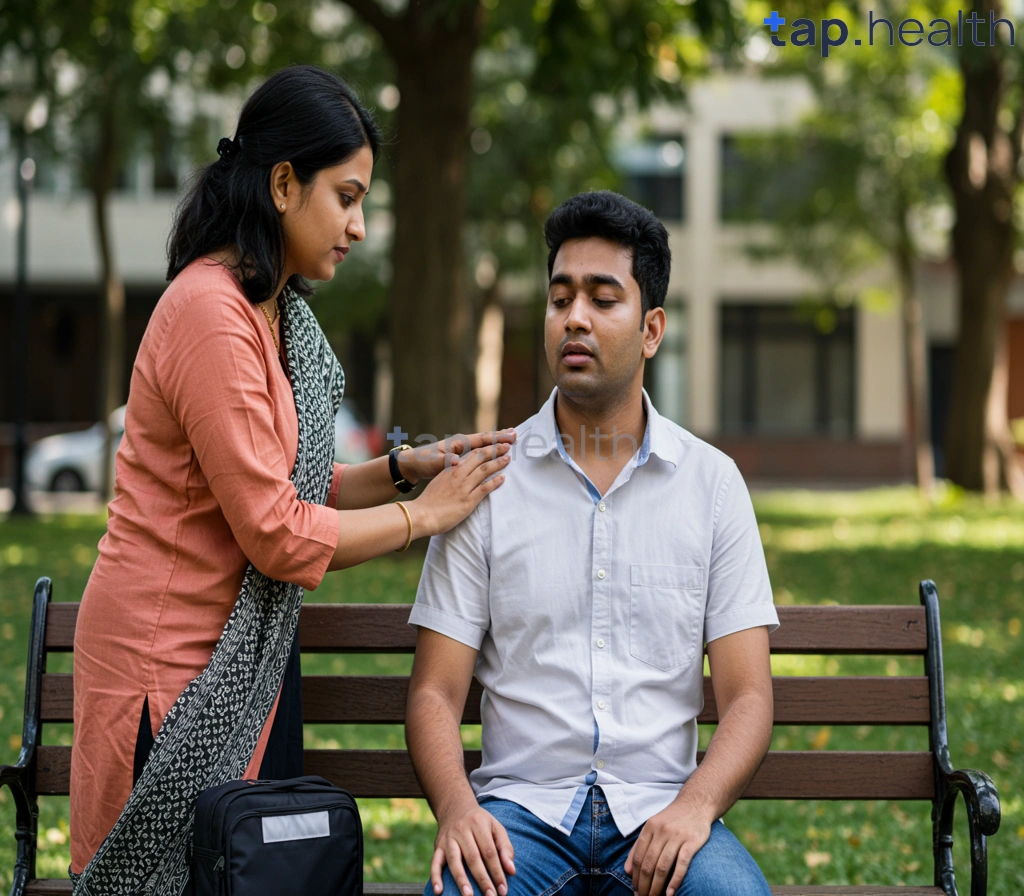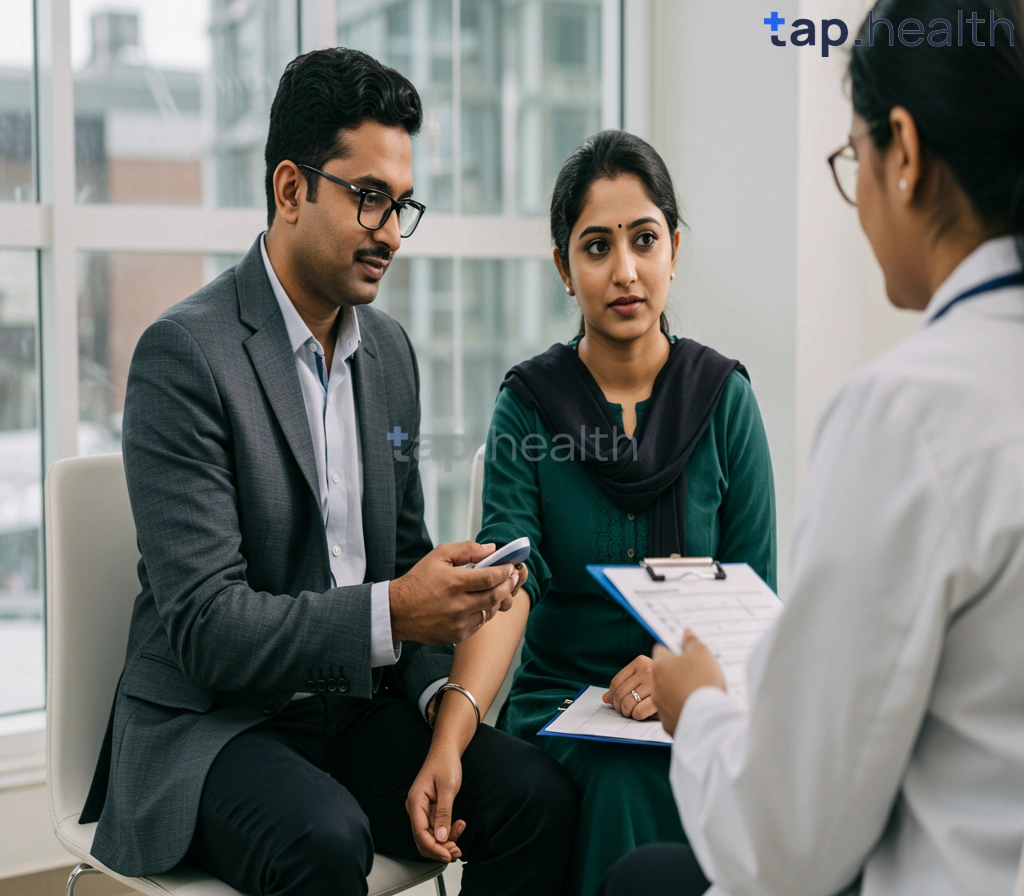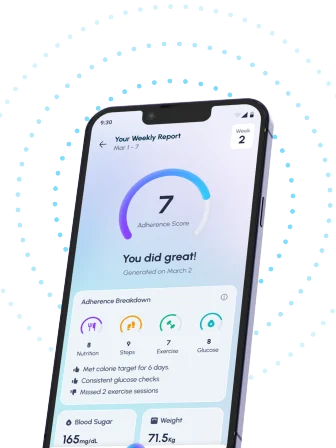Table of Contents
- Glipizide (Oral): A Comprehensive Guide to Dosage
- Understanding Glipizide Side Effects: What to Expect
- Glipizide vs. Other Diabetes Medications: Key Differences
- Is Glipizide Right for You? Evaluating Risks & Benefits
- Managing Glipizide: Dosage Adjustments & Precautions
- Frequently Asked Questions
- References
Managing type 2 diabetes can feel overwhelming, but understanding your medication is a crucial first step. This blog post is all about understanding Glipizide (oral route), a common medication used to control blood sugar levels. We’ll cover the essential aspects, including recommended dosages, potential side effects you should be aware of, and answer some frequently asked questions. Learning more about Glipizide can empower you to actively participate in your diabetes management plan and feel more confident in your health journey. Let’s dive in and demystify this important medication.
Glipizide (Oral): A Comprehensive Guide to Dosage
Understanding Glipizide Dosage
Managing type 2 diabetes effectively is crucial, especially considering that HbA1c levels above 9% are reported in over 30% of diabetes patients. Glipizide, an oral medication, plays a significant role in achieving and maintaining healthy blood sugar levels. Dosage for glipizide varies greatly depending on individual needs, overall health, and response to treatment. It’s absolutely crucial to consult your doctor or a qualified healthcare professional to determine the appropriate dosage for your specific situation. Self-medicating can be dangerous and lead to serious complications.
Factors Influencing Glipizide Dosage
Several factors influence the prescribed dose of glipizide. These include your current blood sugar levels (both fasting and post-prandial), the presence of other health conditions, and your response to the medication. Your doctor will likely start with a low dose and gradually increase it as needed, carefully monitoring your blood sugar levels. Regular monitoring is key to ensuring effective management and preventing potential side effects. This monitoring is particularly important in hot and humid climates common in many Indian and tropical countries, where factors like dehydration can affect blood glucose control. It’s also important to be aware of how other medications might interact; for example, Does Lexapro Affect Diabetic Medicine? Impacts, Risks & Management Tips discusses potential interactions.
Typical Dosage Ranges and Considerations
While specific dosages are determined on a case-by-case basis, typical starting doses are relatively low. The medication is usually taken once or twice daily, ideally with food, to minimize the risk of stomach upset. Always follow your doctor’s instructions carefully and do not abruptly stop taking glipizide without consulting them first. Sudden cessation can lead to dangerous spikes in blood sugar. Remember to inform your doctor about all other medications you are taking, including over-the-counter drugs and herbal remedies, as they may interact with glipizide. You should also be discerning about supplements; Is Glucocil Safe for Type 2 Diabetes? explores the safety of one popular supplement.
Seeking Professional Guidance in India and Tropical Countries
Given the prevalence of diabetes in India and other tropical countries, access to qualified medical professionals and regular blood sugar monitoring is paramount. Don’t hesitate to seek regular check-ups and discuss any concerns about your glipizide treatment with your doctor. Proper management, coupled with a healthy lifestyle including diet and exercise, can significantly improve your quality of life and help you manage your diabetes effectively.
Understanding Glipizide Side Effects: What to Expect
Glipizide, a common medication for type 2 diabetes, helps your body use insulin more effectively to manage blood sugar levels. However, like all medications, it can have side effects. Understanding these potential side effects is crucial for managing your diabetes effectively, especially in warmer climates common to Indian and tropical countries. Knowing what to expect allows for proactive management and improved overall health.
Common Side Effects of Glipizide
Some common side effects include hypoglycemia (low blood sugar), which can manifest as dizziness, sweating, shakiness, or confusion. In hot and humid climates, dehydration can exacerbate hypoglycemia, so staying hydrated is vital. Other possible side effects are nausea, vomiting, diarrhea, and stomach upset. These gastrointestinal issues can be particularly challenging during the hotter months, potentially impacting dietary adherence. Less common side effects include jaundice, allergic reactions (rash, itching), and decreased white blood cell count. Always monitor your blood sugar levels regularly, especially if you experience these symptoms. Remember, a blood sugar level of less than 140 mg/dL is considered normal, while 140–199 mg/dL indicates prediabetes, and 200 mg/dL or higher suggests diabetes. Regular monitoring is key to managing your condition effectively.
Managing Side Effects in Tropical Climates
In Indian and tropical countries, the heat and humidity can influence the body’s response to medication. It’s crucial to stay adequately hydrated, consume regular, balanced meals to prevent hypoglycemia, and dress appropriately for the weather. If you experience any concerning side effects, immediately consult your doctor or a healthcare professional. They can advise on appropriate management strategies specific to your location and individual health needs. Don’t hesitate to seek medical attention; prompt intervention is important in managing diabetic complications. Remember, proactive management is your best defense against potential side effects. Managing diabetes often involves considering the interactions of various medications. For example, understanding whether you can safely take other medications, like those for colds, alongside your diabetes medication is important. You might find this article helpful: Can a Diabetic Take Robitussin? Proper management of diabetes is crucial for overall health.
Glipizide vs. Other Diabetes Medications: Key Differences
Choosing the right diabetes medication is crucial, especially considering the increased risk of kidney complications. Nearly 30% of individuals with diabetes develop diabetic nephropathy, highlighting the importance of careful management. Glipizide, a sulfonylurea, works by stimulating the pancreas to release more insulin. This differs significantly from other diabetes medications.
Glipizide vs. Metformin:
Unlike metformin, which primarily improves insulin sensitivity, glipizide directly increases insulin production. This makes it more effective for individuals with significant insulin deficiency, but it also carries a higher risk of hypoglycemia (low blood sugar). Metformin is often preferred as a first-line treatment due to its lower risk profile, especially in individuals concerned about kidney health. Consider consulting your doctor to determine which medication best suits your individual needs and risk factors. Given the kidney health concerns mentioned, you might find our article on Which Diabetes Drug is Best for Diabetics with Kidney Disease? helpful.
Glipizide vs. Insulin:
Insulin is an entirely different approach. It directly replaces the insulin your body isn’t producing. Glipizide, however, relies on your pancreas’s ability to respond and produce more insulin. While glipizide might be suitable for those with mild to moderate type 2 diabetes, individuals with severe insulin deficiency often require insulin therapy. Proper diagnosis and monitoring are vital for safe and effective treatment.
Glipizide and Regional Considerations in India and Tropical Countries:
In regions like India and other tropical countries, factors like diet and lifestyle significantly influence diabetes management. The choice between glipizide and other medications should consider these factors, along with individual health conditions, including any existing kidney issues. It’s essential to discuss your treatment options with a healthcare professional to create a personalized diabetes management plan. Regular monitoring of blood sugar levels and kidney function is crucial for optimal outcomes. For additional information on supporting your diabetes management, you may also want to read about Safe and Effective Dietary Supplements for Diabetes Care.
Is Glipizide Right for You? Evaluating Risks & Benefits
Understanding Your Blood Sugar Levels
Managing diabetes, particularly in hot and humid climates common to many Indian and tropical countries, requires careful consideration. Before discussing Glipizide, it’s crucial to understand your blood sugar levels. A reading below 5.7% is generally considered normal. However, levels between 5.7% and 6.4% indicate prediabetes, a condition requiring lifestyle changes and potentially medication. A reading of 6.5% or higher signifies diabetes, necessitating prompt medical attention and a treatment plan, which may include medications like Glipizide. Understanding this classification is the first step in determining if Glipizide is appropriate for you.
Glipizide: Weighing the Pros and Cons
Glipizide is a medication used to help control blood sugar levels in people with type 2 diabetes. It works by stimulating the pancreas to release more insulin. While effective for many, it’s essential to weigh the potential benefits against the risks. Possible side effects include hypoglycemia (low blood sugar), which is particularly important to consider in hot climates where dehydration can exacerbate this risk. Other potential side effects can include nausea, vomiting, and weight gain. Consult your doctor to discuss if Glipizide aligns with your health profile and lifestyle. Managing blood sugar effectively often involves careful consideration of diet, and understanding the impact of artificial sweeteners like sucralose can be helpful. You might find our article on Is Sucralose Good for Diabetics? informative.
Seeking Expert Medical Advice in Your Region
The decision of whether or not to take Glipizide is a personal one that should be made in consultation with a qualified healthcare professional. In India and tropical countries, access to quality healthcare varies. It’s essential to find a doctor experienced in managing diabetes within your specific region, considering factors such as climate and dietary habits that can influence blood sugar control. Don’t hesitate to seek second opinions to ensure you receive the best possible care tailored to your needs. While this article focuses on diabetes medication, managing other health conditions is equally important. For example, understanding how to choose the right migraine medication can significantly improve your quality of life. You can learn more in our comprehensive guide: choosing the right migraine tablet.
Managing Glipizide: Dosage Adjustments & Precautions
Understanding Glipizide Dosage
Glipizide, a common oral medication for type 2 diabetes, requires careful management to achieve optimal blood glucose control. Dosage adjustments are crucial and depend on individual factors like age, overall health, and response to treatment. Your doctor will determine the appropriate starting dose, usually gradually increasing it until your blood sugar levels reach the target range. For many with diabetes, this target is below 140/90 mmHg, although some guidelines suggest aiming for below 130/80 mmHg for better long-term outcomes. Remember, self-adjusting your Glipizide dosage is dangerous; always consult your physician.
Precautions in Tropical Climates
In hot and humid Indian and tropical climates, certain precautions are especially important. Dehydration can significantly affect blood glucose levels, potentially leading to hypoglycemia (low blood sugar), a serious side effect of Glipizide. Stay adequately hydrated, especially during strenuous activity or high temperatures. Be mindful of your diet, avoiding excessive alcohol consumption, which can also increase the risk of hypoglycemia.
Monitoring and Follow-up
Regular monitoring of your blood glucose levels is essential. This involves regular blood tests and potentially home glucose monitoring. Your doctor will use these results to adjust your Glipizide dosage as needed, ensuring your blood sugar remains within the recommended range and minimizing the risk of complications. Attend all scheduled follow-up appointments with your doctor and openly discuss any concerns you may have about your medication or blood sugar levels. Regular checkups are key to effectively managing your diabetes in any climate. This is especially important as you age, and understanding the challenges and solutions of managing diabetes as you age can be beneficial.
Seeking Expert Advice
For personalized advice on Glipizide dosage and management tailored to your specific needs and the tropical climate, consult a qualified diabetologist or healthcare professional in your region. They can provide tailored guidance, considering your individual health status and environmental factors. Remember, proactive management is crucial for long-term well-being. Managing other conditions alongside diabetes, such as high cholesterol, is also vital. Learn more about how to manage cholesterol levels with diabetes.
Frequently Asked Questions on Glipizide (Oral Route)
Q1. What is Glipizide and how does it help manage type 2 diabetes?
Glipizide is an oral medication that helps control blood sugar levels in people with type 2 diabetes by stimulating the pancreas to release more insulin. It’s crucial to take it as prescribed by a doctor to avoid serious complications.
Q2. What are the common side effects of Glipizide, and how can I manage them, especially in hot climates?
Common side effects include hypoglycemia (low blood sugar), nausea, vomiting, and diarrhea. In hot climates, dehydration can worsen hypoglycemia. Stay hydrated, eat regular meals, and consult your doctor immediately if you experience concerning symptoms.
Q3. How does Glipizide compare to other diabetes medications like Metformin and Insulin?
Unlike Metformin (which improves insulin sensitivity), Glipizide increases insulin production. It’s more effective for those with significant insulin deficiency but carries a higher risk of hypoglycemia. Insulin directly replaces insulin, unlike Glipizide, which relies on your pancreas’s ability to produce insulin.
Q4. Is Glipizide right for me? How can I determine if it’s an appropriate treatment option?
The decision to use Glipizide depends on your blood sugar levels (HbA1c), overall health, and response to other treatments. If your levels indicate prediabetes or diabetes and other treatments haven’t been effective, your doctor will determine if Glipizide is a suitable option. It’s vital to weigh its benefits against the risks of side effects, especially hypoglycemia.
Q5. How should I manage my Glipizide dosage, and what precautions should I take, particularly in tropical climates?
Never adjust your dosage without consulting your doctor. In hot climates, stay well-hydrated to reduce the risk of hypoglycemia. Regular blood glucose monitoring and follow-up appointments with your doctor are crucial for safe and effective management.
References
- A Practical Guide to Integrated Type 2 Diabetes Care: https://www.hse.ie/eng/services/list/2/primarycare/east-coast-diabetes-service/management-of-type-2-diabetes/diabetes-and-pregnancy/icgp-guide-to-integrated-type-2.pdf
- Your Guide to Diabetes: Type 1 and Type 2: https://www.niddk.nih.gov/-/media/Files/Diabetes/YourGuide2Diabetes_508.pdf
Meta Data
Meta Title: Glipizide Dosage: Guide to Safe Use | Diabetes Management
Meta Description: Understand glipizide dosage for type 2 diabetes. Learn about safe usage, potential side effects, and the importance of regular blood sugar monitoring. Consult your doctor today!
alt_text: Glipizide pill with blood sugar level chart
url_slug: glipizide-dosage-diabetes
